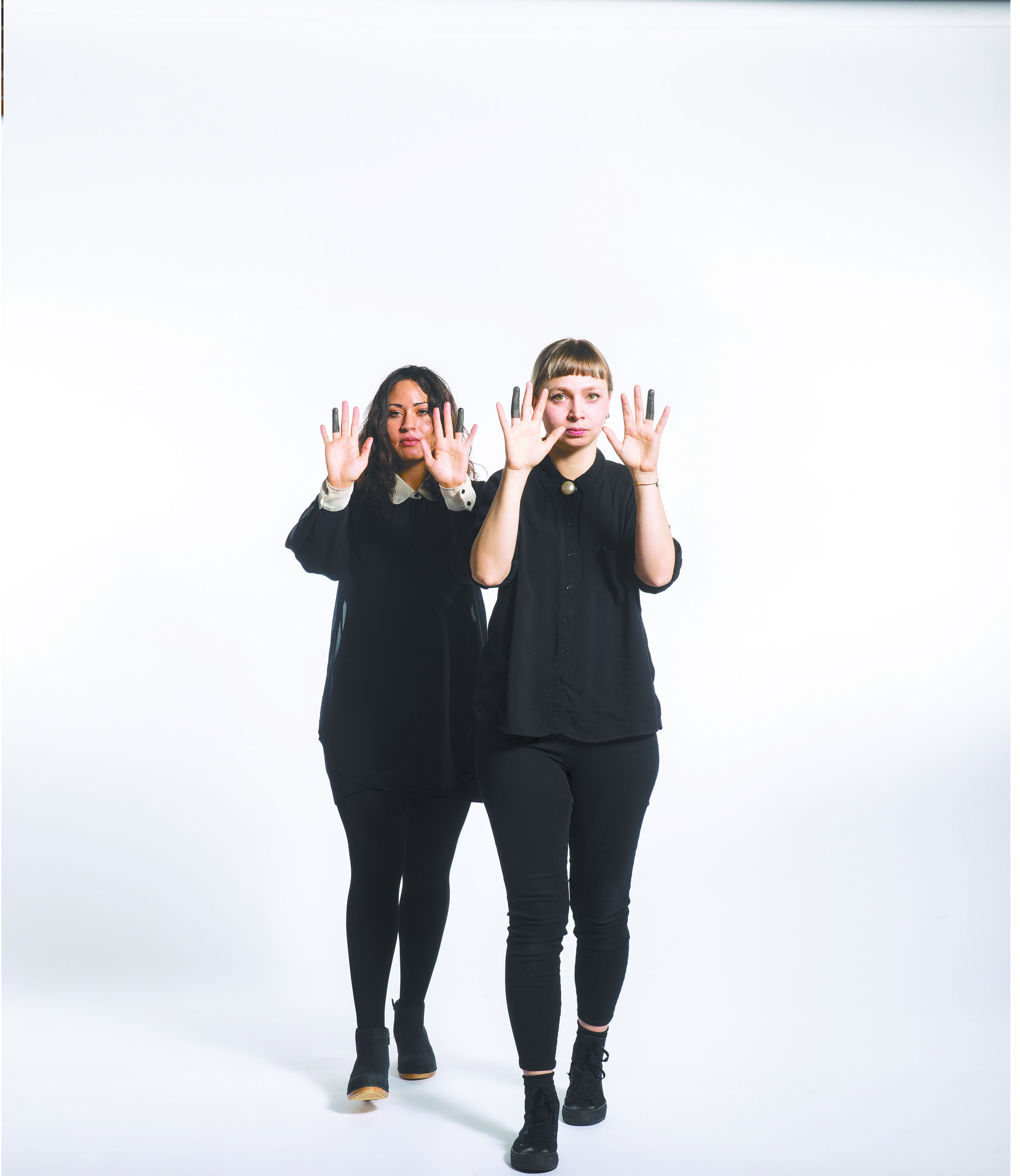O nce upon a time, readings were held in bookstores, not bars; dance and classical music were confined to concert halls, not performed in the street; and the visual arts were restricted to museums and galleries, rather than being displayed in vacant city lots and abandoned buildings. Traditional venues still exist, of course, but more artists are pushing against the old boundaries of presentation and even provenance. In the pages ahead, we see how John Grade crowd-sourced the production of his latest large-scale sculpture, inaugurating a new space in South Lake Union that isn’t just for passive art-gazing. As our Sandra Kurtz relates on page 13, choreographer Alice Gosti (pictured here with musician Hanna Benn) is staging a multimedia spectacle in a cathedral, not an auditorium, to honor the Italian partisans of World War II and inspire new artists. At the venerable Frye, Rodrigo Valenzuela offers video testimonials from voices far outside the art world: maids, janitors, and day-laborers. Emily Pothast tries to draw the divine and render the mystical in concrete form—or maybe she’ll just talk about it—at Hedreen Gallery. Pianist Craig Sheppard looks for the political push-back in the Cold War canon of Dmitri Shostakovich. Also pushing against orthodoxy, environmentalist authors Dennis and Gail Boyer Hayes are tipping against that sacred cow—the cow. And as always, we offer a comprehensive calendar of events across all media, including movies, through Memorial Day.
O nce upon a time, readings were held in bookstores, not bars;








